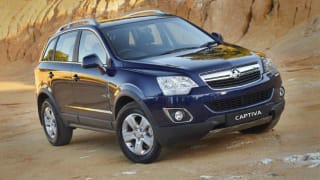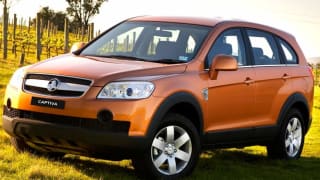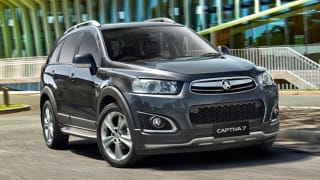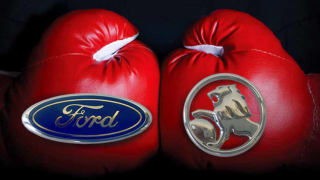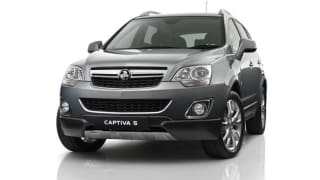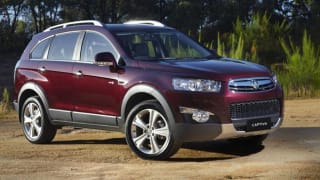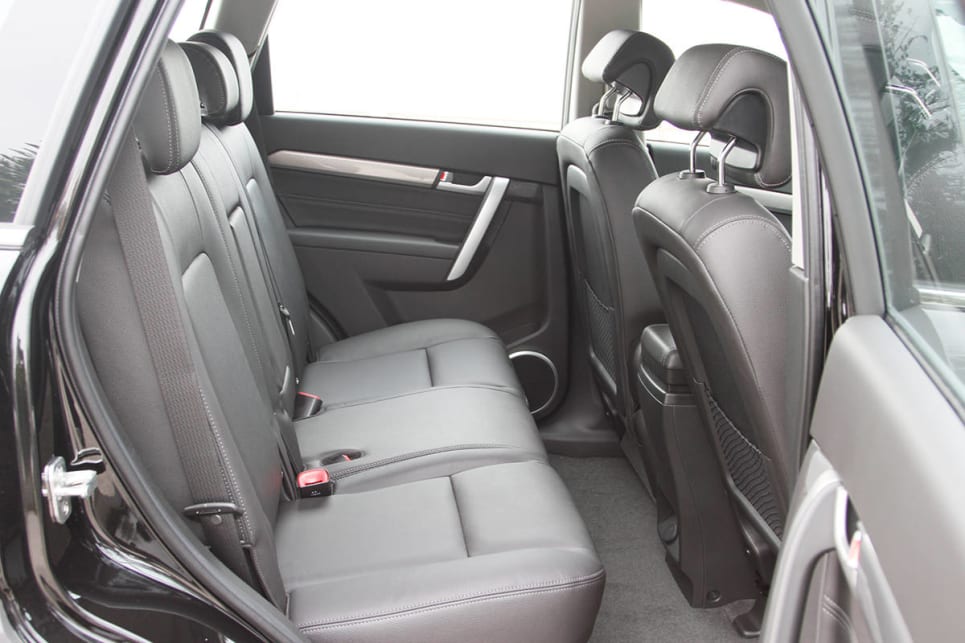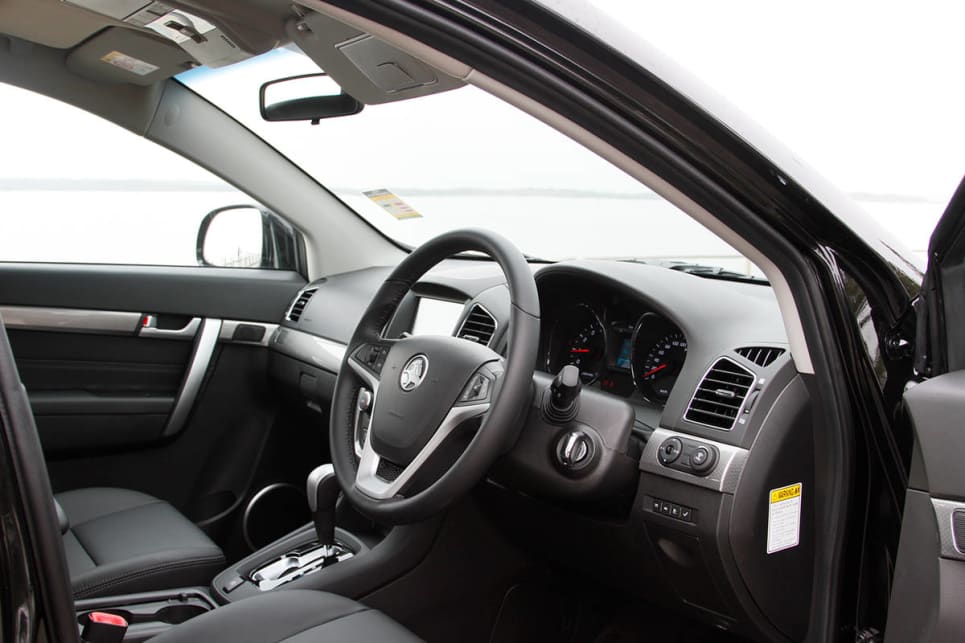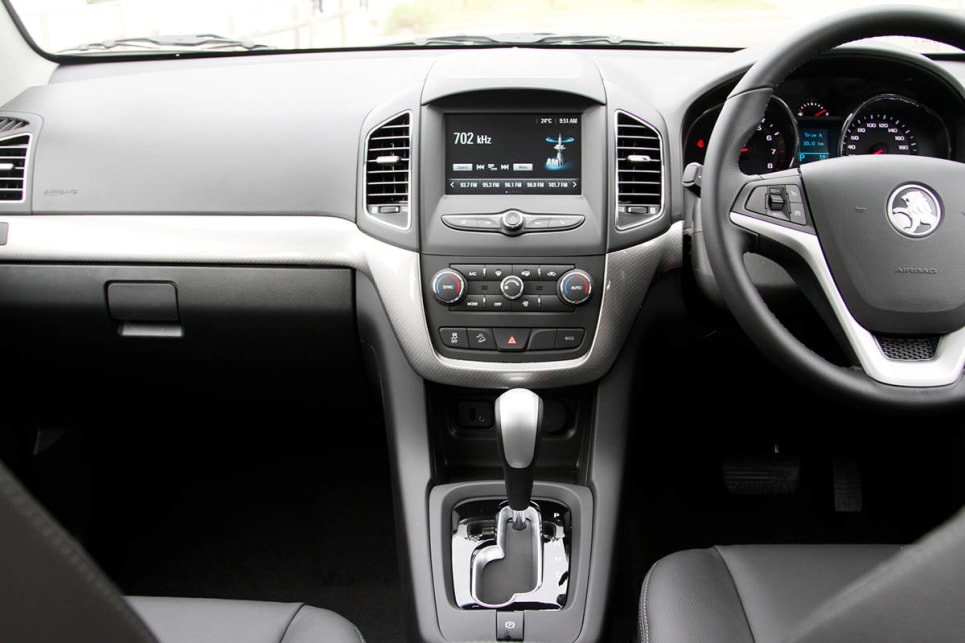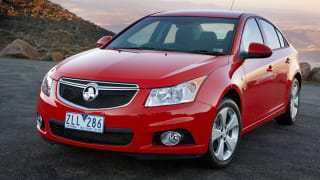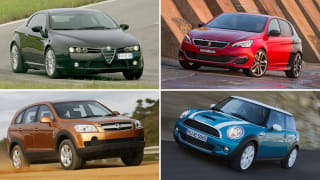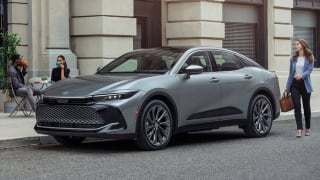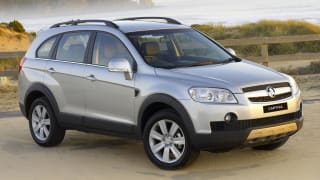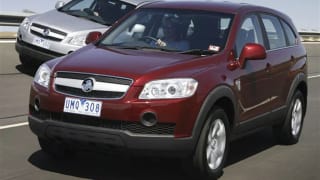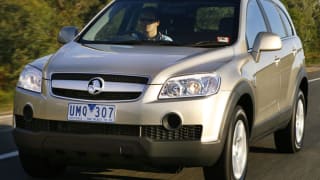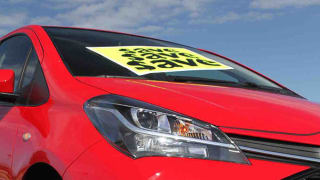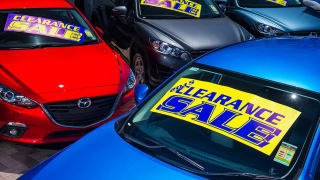The Holden Captiva launched in 2006 to take on the Australian-engineered and built Ford Territory.
Sourced from South Korea, two body styles were offered – a five-seater medium-sized version (sometimes known as the Captiva 5) and the more-popular five- or seven-seat larger SUV wagon, that lasted until 2017.
Most earlier models were V6 petrol powered with all-wheel drive, but a 2.0-litre four-cylinder turbo-diesel with a front-drive option piped in from 2007, joined later by a 2.4-litre petrol alternative. The 2011 facelift brought extra refinement, but the Captiva's poor reliability record and inconsistent quality mean it has a sour reputation nowadays.
The base model started from POA, rising to $28,490 for the most expensive version.
This vehicle is also known as Chevrolet Captiva, Opel Antara.



